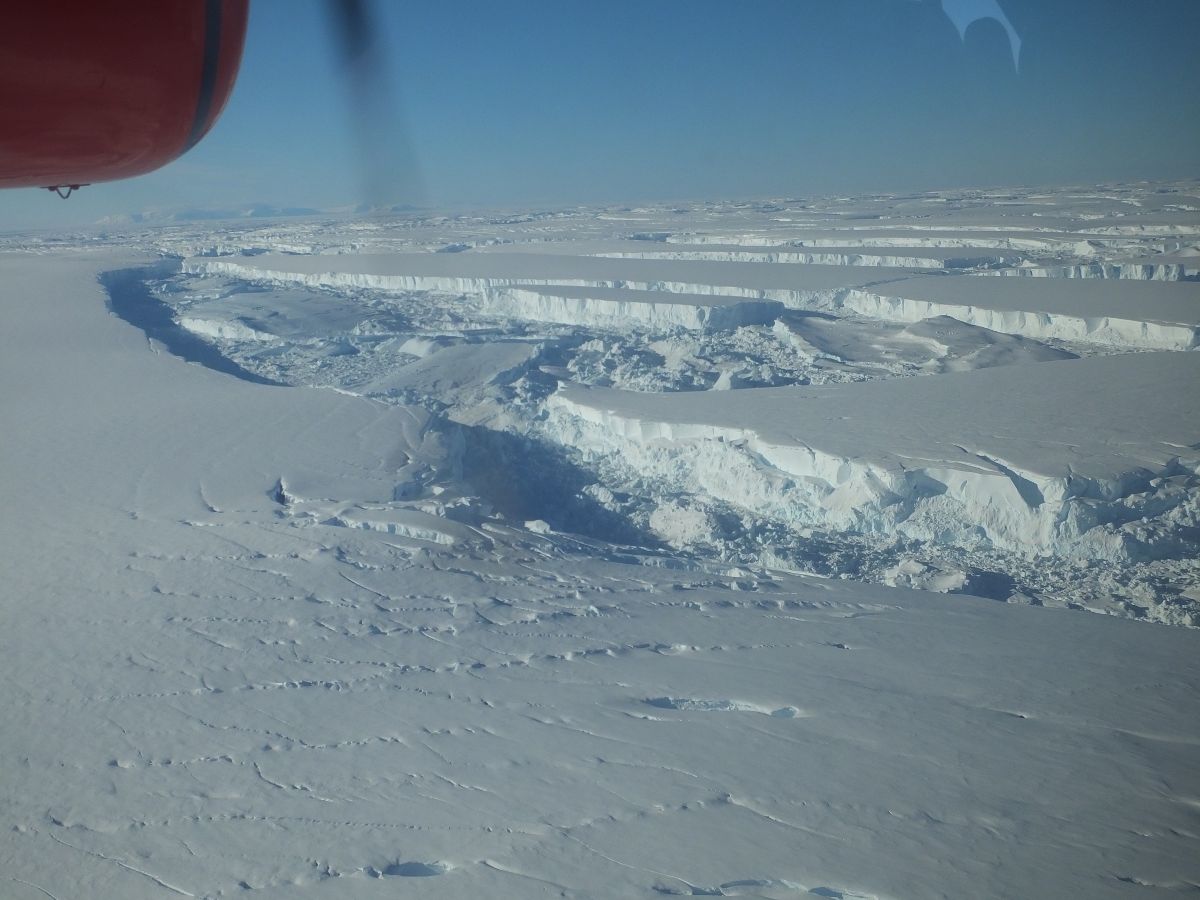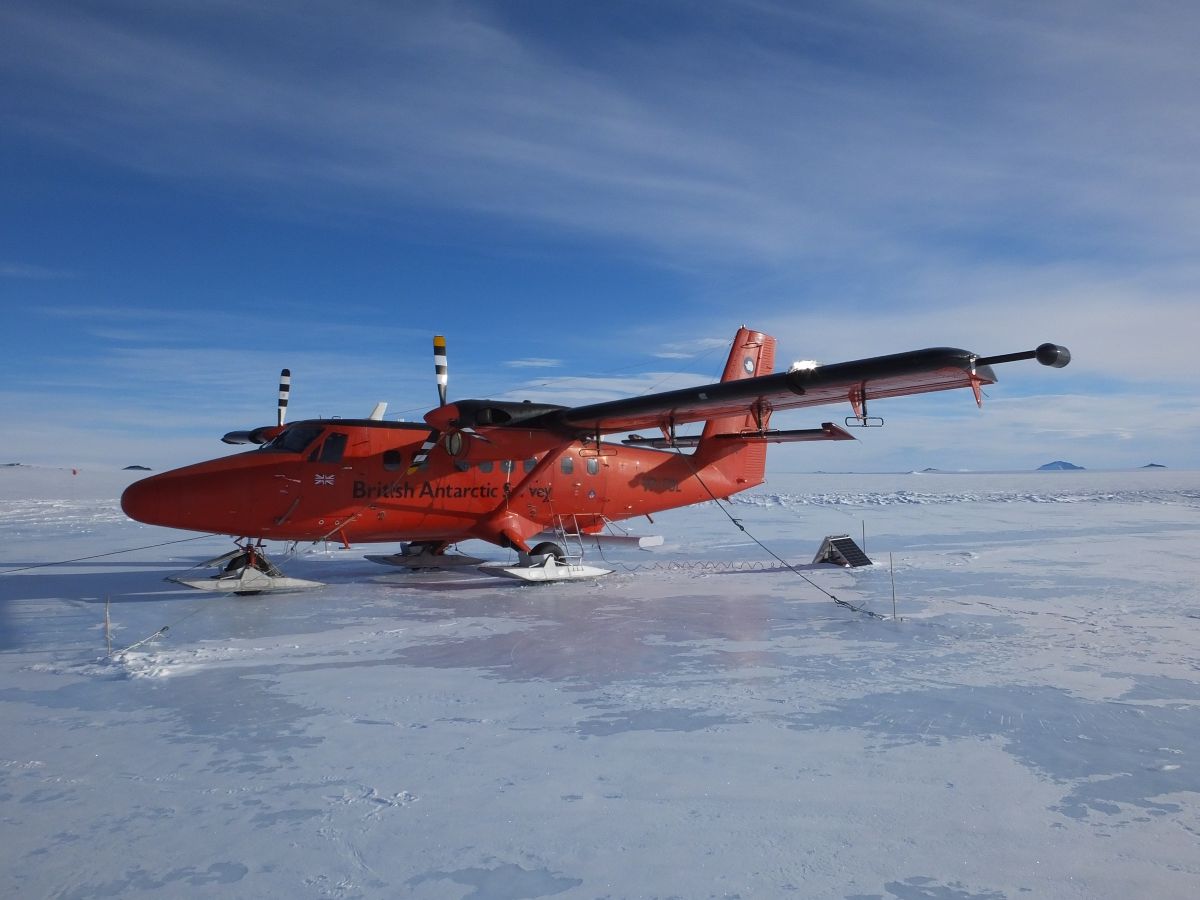
Antarctica: The first geological map of Thwaites Glacier
For the first time, geology has been mapped beneath Thwaites Glacier, a key area of the Antarctic Ice Sheet that is the subject of multidisciplinary studies related to its role in future sea level rise. The international research team, led by the British Antarctic Survey and in which the National Institute of Oceanography and Experimental Geophysics - OGS also took part, has shown that the sedimentary basins below the Thwaites glacier are much less extensive than expected. A discovery that lays the foundations for a better understanding of West Antarctic tectonics and the mechanisms that influence the dynamics of the ice sheet.
The study, just published in the AAAS group's journal Science Advances, was conducted using aerial reliefs that employed radar capable of seeing through the ice to the underlying rocks and sensors capable of detecting minimal variations in gravity and magnetism from hundreds to thousands of meters below the subglacial rocks. From the integration of this information, a 3D map of the glacier's subglacial geology was created, providing a kind of geologic photograph of the rocks that formed about 100 million years ago when New Zealand broke off from Antarctica, much earlier than the Antarctic ice sheet formed.
Because the base of Thwaites Glacier is well below sea level, researchers expected that thick layers of sediment would be deposited over the next several million years. However, the aeromagnetic data obtained show that only one-fifth of the rock beneath the glacier is sedimentary.
The new map of Thwaites subglacial geology allows us to know the location of the sedimentary basins and therefore better predict how the glacier will develop in the future. In fact, the area where Thwaites Glacier meets the seafloor has retreated 14 km since the late 1990s. Much of the ice sheet lies below sea level and is vulnerable to rapid and irreversible ice loss that could contribute significantly to sea level rise.
The results obtained are of great importance both for the geological study of the West Antarctic Rift System under the ice sheet and for understanding the influence of geology on glacier dynamics. This new geologic map also lays the foundation for new studies on the role of subglacial geology in determining heat flow beneath the ice sheet, which in turn influences Thwaites hydrology and dynamics.

